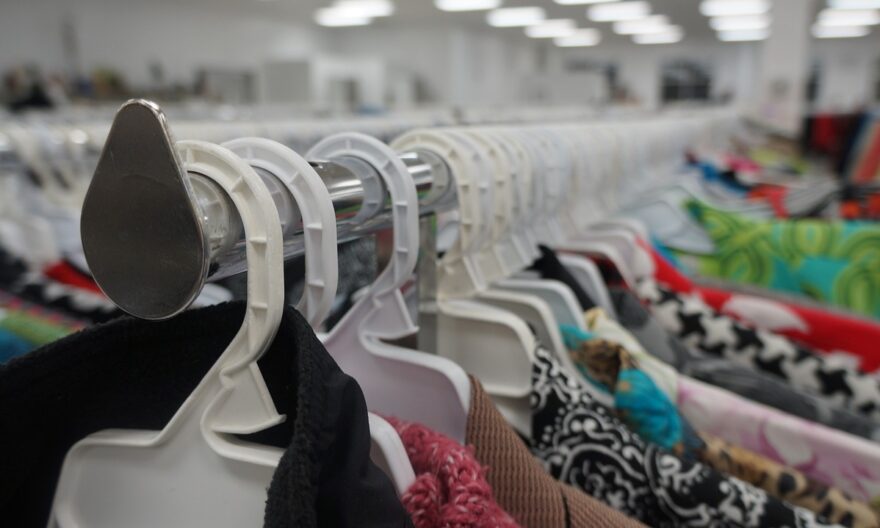
Secondhand shopping is rapidly emerging as a fresh approach for both buying and saving, and we can attribute this shift, at least in part, to inflation.
Inflation has ushered in a wave of thrifty consumers, with a staggering 85% of shoppers now enthusiastically embracing the purchase and sale of secondhand goods.
A recent study suggests that this trend is on the cusp of heating up even further. Over the past year, 27% of respondents, as revealed in OfferUp’s Recommerce report, ventured into the world of buying and selling secondhand items for the first time.
Ken Murphy, senior vice president at OfferUp said: “Our 2023 consumer survey reveals that 76% of shoppers say the stigma around secondhand shopping has decreased, citing more affordable options (57%), changing societal attitudes towards consumption and waste (55%), and increased availability and variety of secondhand items (54%).”
This holiday season, the secondhand shopping surge could pose a significant challenge to many traditional retailers. According to a holiday gift shopping analysis by MorningConsult, 38% of the general population express a firm intention or strong likelihood of purchasing gifts secondhand, a figure that rises to 46% among those experiencing financial stress.
In addition to this, gift recipients are increasingly receptive to the idea, as long as the item is something they would value and is thoughtfully presented.
Nonetheless, it’s important to note that secondhand shopping has evolved significantly. The landscape today differs greatly from what it was a decade ago. There is also a fresh generation of shoppers, largely uninitiated in the art of secondhand hunting, ready to explore this market.
With this in mind, here are some of the benefits of buying secondhand:
Cost savings: Secondhand items are typically more affordable than their new counterparts, allowing shoppers to stretch their budgets further.
Eco-friendly: It also reduces the demand for new production, which helps lower carbon emissions and conserves resources, making it an environmentally responsible choice.
Unique finds: Secondhand stores often offer unique and vintage items that may not be available in conventional retail stores, allowing for a distinctive and personalized style.
Quality bargains: Many secondhand items are well-made and durable, offering an opportunity to purchase high-quality goods at a fraction of the cost.
Reduced waste: Secondhand shopping promotes the reuse of items, reducing the amount of waste that ends up in landfills.
Supporting local businesses: Thrift stores and consignment shops are often small, local businesses, and shopping at these stores supports the local economy.
Slow fashion: Secondhand shopping aligns with the principles of the slow fashion movement, emphasizing quality over quantity and promoting mindful consumption.
Vintage fashion: Vintage clothing and accessories from previous eras can be stylish and trendy, allowing shoppers to embrace unique and classic fashion trend
Experimentation: Secondhand shopping provides an affordable way to experiment with different styles and fashion choices without a significant financial commitment.
Cultural and Historical Significance: Some secondhand items, such as antique furniture or vintage collectibles, have cultural or historical significance, making them valuable for collectors and enthusiasts.
Charitable support: Many thrift stores are linked to charitable organizations, and the proceeds from secondhand sales often support community programs and social causes.



